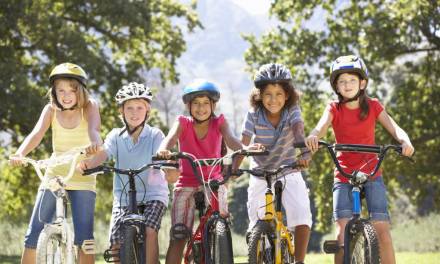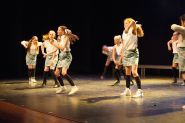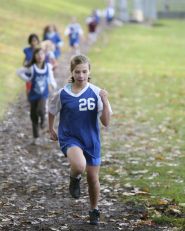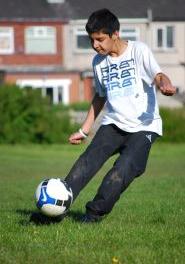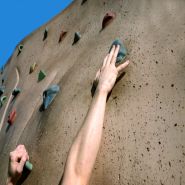Managing extracurricular activities with an increasing workload
Reading time: 3 minutes
Speaking to peers, both in the staffroom and through various social media channels, there seems to be a common trend amongst all teachers: it’s getting more and more challenging to balance all the roles of the profession – does something have to give? And if so, what?
The first thing to go for a teacher with limited time may be enrichment activities. In relation to the extracurricular provision that a department offers, PE teachers may find themselves in a unique position compared to other teaching staff as there is often an expectation for clubs and teams to represent the school. In this article, we suggest several strategies that may increase the efficiency of a PE extracurricular programme.
Read More

